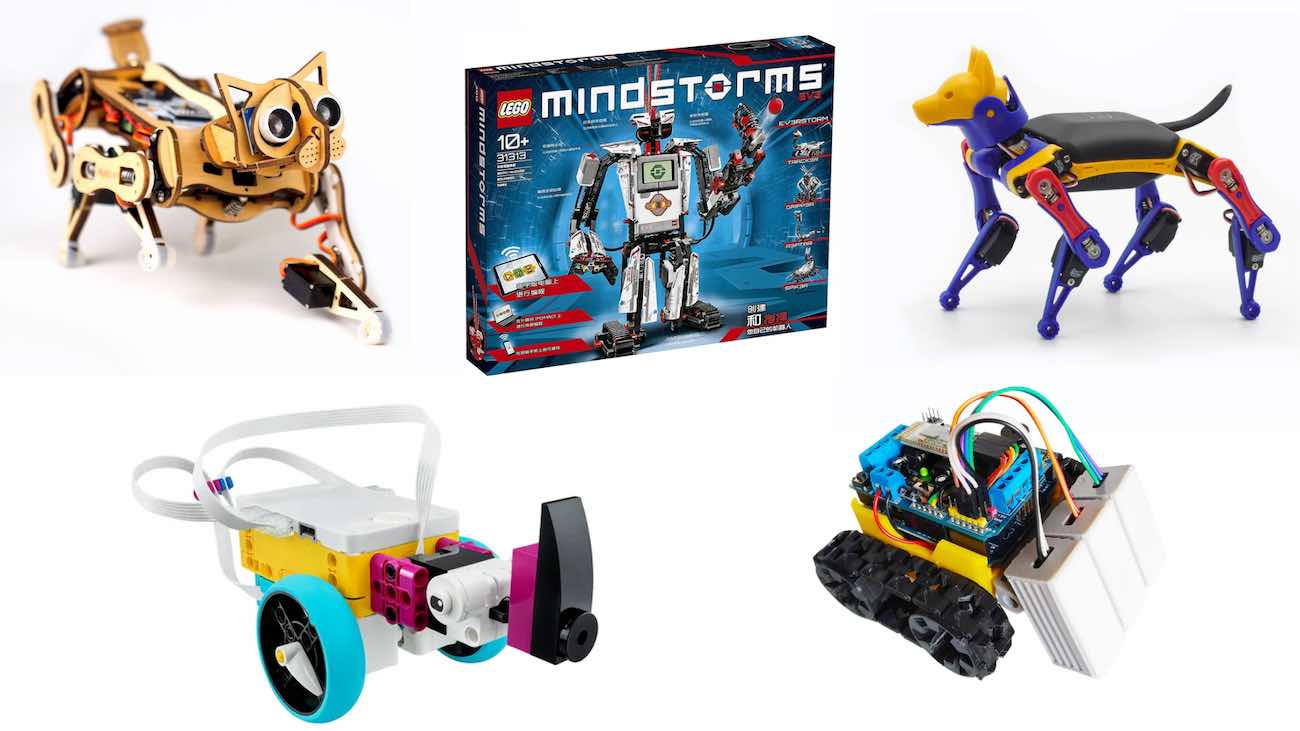
How to assemble and program robot kits for DIY projects?
Robot kits are a great way to get started with robotics and electronics. They come with all the components you need to build your own robot, including motors, sensors, and microcontrollers. In this guide, we will walk you through the process of assembling and programming a robot kit for your next DIY project.
Step 1: Read the instructions
Before you start assembling your robot kit, make sure to read the instructions carefully. The manual will give you a step-by-step guide on how to put together all the components and how to program the robot. It’s important to follow the instructions correctly to ensure that your robot works properly.
Step 2: Gather your tools
Make sure you have all the tools you need to assemble your robot kit. This may include a screwdriver, pliers, wire cutters, and a soldering iron. Having the right tools will make the assembly process much easier and more efficient.
Step 3: Assemble the chassis
The first step in assembling your robot kit is to build the chassis. This is the frame of the robot that will hold all the components together. Follow the instructions in the manual to put together the chassis correctly.
Step 4: Install the motors and sensors
Once you have assembled the chassis, it’s time to install the motors and sensors. These components are essential for the robot to move and interact with its environment. Make sure to connect them to the appropriate ports on the microcontroller according to the instructions.
Step 5: Program the robot
After you have assembled all the components, it’s time to program the robot. Depending on the kit you are using, you may need to write code in a specific programming language or use a graphical programming interface. Follow the instructions in the manual to program the robot to perform the desired actions.
Step 6: Test your robot
Once you have programmed your robot, it’s time to test it out. Make sure all the components are working correctly and that the robot is moving as expected. Make any necessary adjustments to the code or the hardware to ensure that your robot is functioning properly.
Conclusion
Assembling and programming robot kits for DIY projects can be a fun and rewarding experience. With the right tools and instructions, you can build your own robot from scratch and see it come to life. Whether you are a beginner or an experienced hobbyist, robot kits are a great way to learn about robotics and electronics.
Was this helpful?
0 / 0